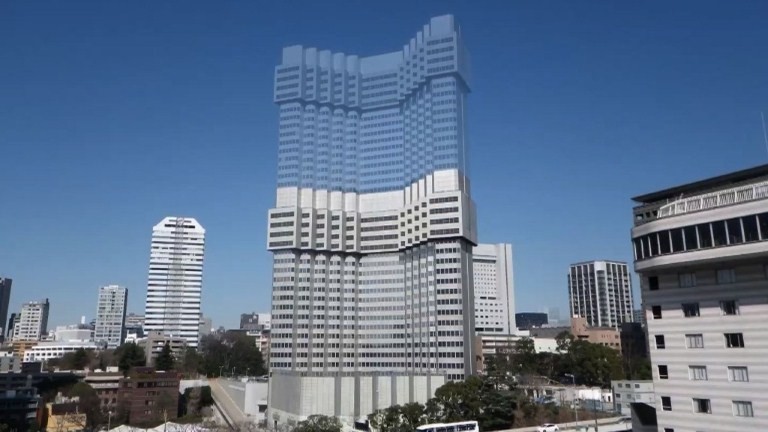Green Deconstruction with Taisei's Tecorep System: A Sustainable Approach to Building Demolition
Introduction
In the world of architecture and construction, sustainability is not just about how we build but also about how we deconstruct. The challenge of demolishing buildings without creating significant environmental impacts has led to innovative methods that prioritize both efficiency and ecological responsibility. One such groundbreaking technique is the Tecorep system developed by Taisei Corporation. This method not only minimizes waste and emissions but also paves the way for a greener future in urban development.
What is the Tecorep System?
The Tecorep (Taisei Ecological Reproduction) system is an advanced deconstruction method that allows for the dismantling of high-rise buildings in a controlled and environmentally friendly manner. Unlike traditional demolition techniques, which involve wrecking balls, explosives, or implosion, Tecorep focuses on a top-down, floor-by-floor approach that greatly reduces dust, noise, and energy consumption.
The process involves the following steps:
- Preparation and Planning: Before starting the deconstruction, the building's layout, materials, and structural components are analyzed. This data helps to develop a plan that ensures minimal waste generation and maximum material recovery.
- Installation of Tecorep's Frame: A temporary frame is erected around the top of the building, allowing for the safe dismantling of floors one by one. The frame also supports cranes and other machinery, which are used to lower dismantled sections to the ground.
- Deconstruction: The building's floors are systematically dismantled from top to bottom. Heavy machinery is used to carefully cut and remove sections of the structure, which are then lowered using cranes. This method ensures that debris doesn't fall uncontrollably, reducing the risk of accidents and environmental pollution.
- Material Recovery: Throughout the process, materials such as steel, concrete, and glass are sorted for recycling or reuse. This step is crucial for reducing landfill waste and minimizing the environmental footprint of the deconstruction project.
- Completion: Once all floors have been dismantled and materials have been processed, the temporary frame is removed, leaving behind a cleared site ready for new construction or restoration.
Benefits of Using Tecorep
The Tecorep system offers several advantages over traditional demolition methods, making it a preferred choice for sustainable urban development:
- Environmental Impact: By focusing on controlled deconstruction and material recovery, Tecorep significantly reduces the environmental impact of demolition. The system minimizes dust and noise pollution, which are common concerns in densely populated urban areas. Additionally, the recycling of materials lowers the demand for new resources, further contributing to sustainability.
- Energy Efficiency: Traditional demolition techniques often involve the use of large amounts of energy to bring down a building quickly. In contrast, Tecorep's step-by-step approach requires less energy, making it a more efficient option. This reduction in energy consumption also translates to lower carbon emissions, aligning with global goals for reducing greenhouse gases.
- Safety: The controlled nature of the Tecorep system enhances safety for both workers and the surrounding community. By dismantling floors systematically and preventing debris from falling uncontrollably, the risk of accidents is greatly reduced. This is particularly important in urban areas where nearby buildings and infrastructure need to be protected during demolition.
- Cost-Effectiveness: While Tecorep may require more planning and time than traditional demolition methods, the long-term benefits often outweigh the initial investment. By recovering and reusing materials, the system reduces disposal costs and creates opportunities for savings in future construction projects.
The Future of Tecorep and Green Deconstruction
As cities continue to grow and evolve, the need for sustainable deconstruction methods like Tecorep will only increase. With a focus on minimizing environmental impact and maximizing material recovery, this system is well-suited for the challenges of urban redevelopment.
In the future, we can expect the Tecorep system to be adopted more widely as governments and developers prioritize green building practices. The integration of technology, such as AI-driven planning and monitoring, could further enhance the efficiency and precision of the deconstruction process. Additionally, advancements in material science may allow for even greater recovery rates, pushing the boundaries of what is possible with sustainable demolition.
As we move towards a more sustainable future, the Tecorep system stands as a testament to the power of innovation in reducing the environmental impact of our built environment. By choosing green deconstruction methods, we can ensure that urban development not only meets the needs of today but also preserves the planet for future generations.


